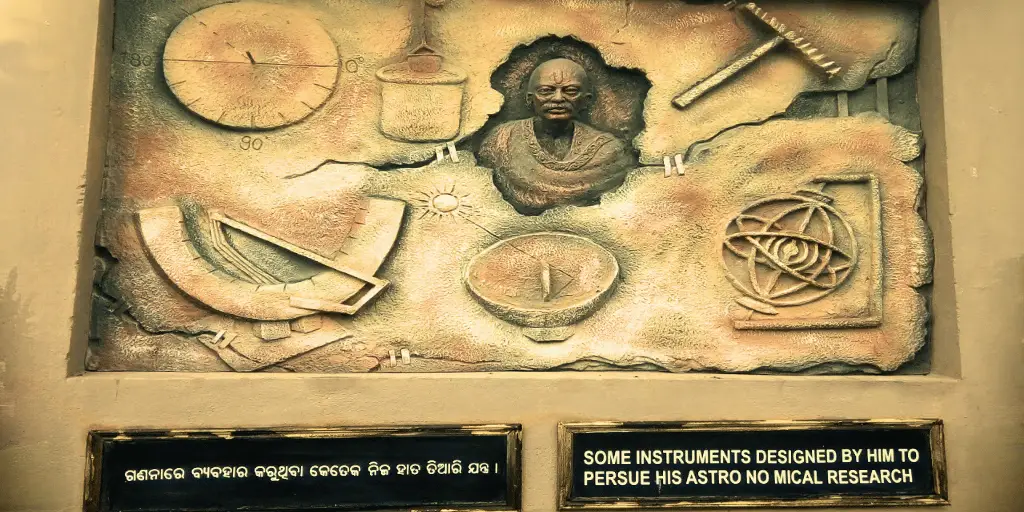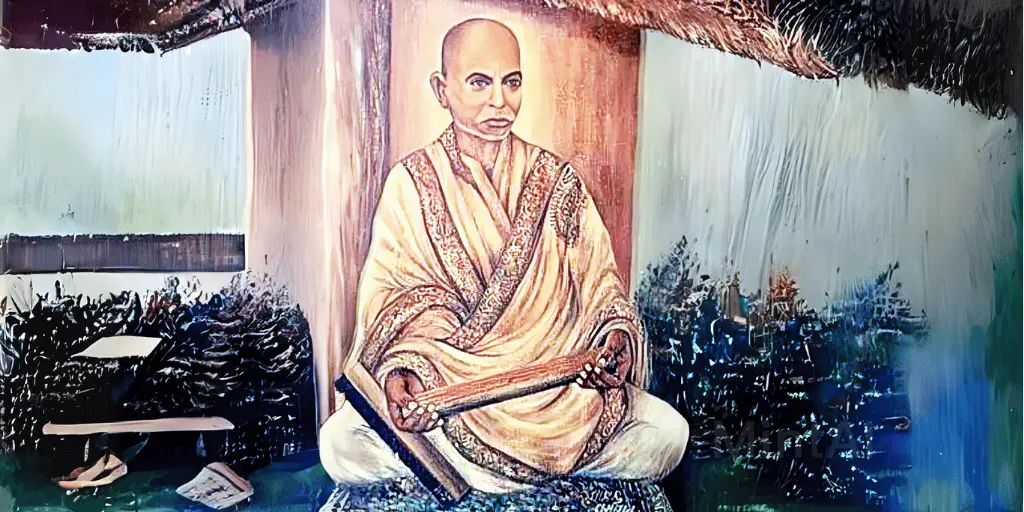Pathani Samanta, also known as Mahamahopadhyaya Chandrasekhara Singha Harichandana Mahapatra Samanta, was a renowned Indian astronomer, mathematician, and scholar.
His contributions to astronomy are remarkable, especially his measurement of the distance from the Earth to the Sun using traditional instruments.
Here, you will read the inspiring life story of Pathani Samanta, highlighting his early life, achievements, struggles, and legacy. He was a pioneer in science and innovation.
Early Life and Education of Pathani Samanta
He was born on December 13, 1835, in the scenic village of Khandapada in Odisha, India. Pathani Samanta was indeed a child of destiny.
His parents, Samanta Syamabandhu Singha and Bishnumali Devi were members of the royal family.
After their previous children died, they sent the newborn to a Muslim fakir for adoption. This was a local custom to keep the evil eye away.
This act led to him being fondly referred to as ‘Pathani’. Pathani’s education commenced at home, under the guidance of his father.
He was introduced to Sanskrit and Mathematics at a young age, sparking his interest in astronomy.
With access to the royal library, he immersed himself in reading classical treatises on subjects like Lilavati, Bijaganita, Jyotisha, Siddhanta, Vyakarana, and Kavya.
Pathani Samanta’s Passion for the Universe
Pathani started to be interested in the universe by stargazing. The mismatch between ancient treatises and his observations further fueled his curiosity.
This discrepancy led him to build his observational instruments using locally available materials such as bamboo and wood.
One of his significant inventions was the ‘mana yantra,’ an instrument used for measuring the length of shadows during different times of the day.
Innovations and Discoveries of Pathani Samanta

Pathani’s innovative spirit was unstoppable. He was a self-taught astronomer who did not depend on any Western or modern instruments for his research.
Instead, he created his instruments, like the ‘mana yantra’, using bamboo and wooden sticks.
He used basic geometry and trigonometry principles to create instruments that allowed him to calculate distance, height, and time effectively.
In addition to his inventions, Pathani Samanta made significant contributions to astronomy.
He was the first to discover all three irregularities of the moon, which were unknown to ancient Indian astronomers and later recognized by European astronomers.
The Masterpiece: Siddhanta Darpana
Pathani Samanta wrote a book about her research and observations called ‘Siddhanta Darpana.’ This book, written in Sanskrit and the Odia script, detailed his findings and methodologies.
It garnered national and international attention, featuring in notable journals like ‘Nature’ and ‘Knowledge.’
Recognition and Awards of Pathani Samanta
Pathani Samanta’s exceptional work in astronomy did not go unnoticed. In 1893, he received the prestigious Mahamahopadhyaya Award for his contributions to the field.
Despite facing persistent health problems and insomnia, Pathani Samanta continued to teach and inspire students worldwide.
Tragically, on June 11, 1904, Pathani Samanta died suddenly from fever and infection. His legacy lives on today.
His research and observations inspire astronomers and scholars, and his name is well-known in Indian astronomy.
Personal Life and Legacy
Pathani Samanta was married to Sita Devi, the daughter of the King of Anugul. Despite his royal lineage and significant contributions to astronomy, Pathani’s life was full of challenges.
He suffered from persistent health concerns and insomnia. However, these did not deter him from his passion for astronomy.
His life and work inspire future generations to look at the stars and figure out what’s happening in the universe.
Pathani Samanta Planetarium
The Pathani Samanta Planetarium was built in Bhubaneswar, Odisha, as a tribute to Pathani Samanta’s work in astronomy.
The planetarium showcases the wonders of astronomy and the inspiring story of Pathani’s life. It is a beacon of knowledge and inspiration for aspiring astronomers and curious minds.
Conclusion
The story of Pathani Samanta is one of discovery, passion, and innovation. His life shows that you can overcome anything if you are curious and dedicated and want to make a big difference.
His deep admiration for space and his determination to unravel its mysteries continue to inspire generations.
As we gaze at the stars, let’s remember the man who mapped the universe with a bamboo pipe and traditional instruments, Pathani Samanta.
Pathani Samanta’s legacy inspires future generations to explore the wonders of the universe and push the boundaries of scientific knowledge.
“The stars shine brightest for those who dare to dream.”
Featured Image Source (Photo Edited and Expanded): Original Photo Credit: Govt. of Odisha
https://en.wikipedia.org/wiki/Pathani_Samanta
https://magazines.odisha.gov.in/orissareview/dec-2007/engpdf/1-3.pdf
